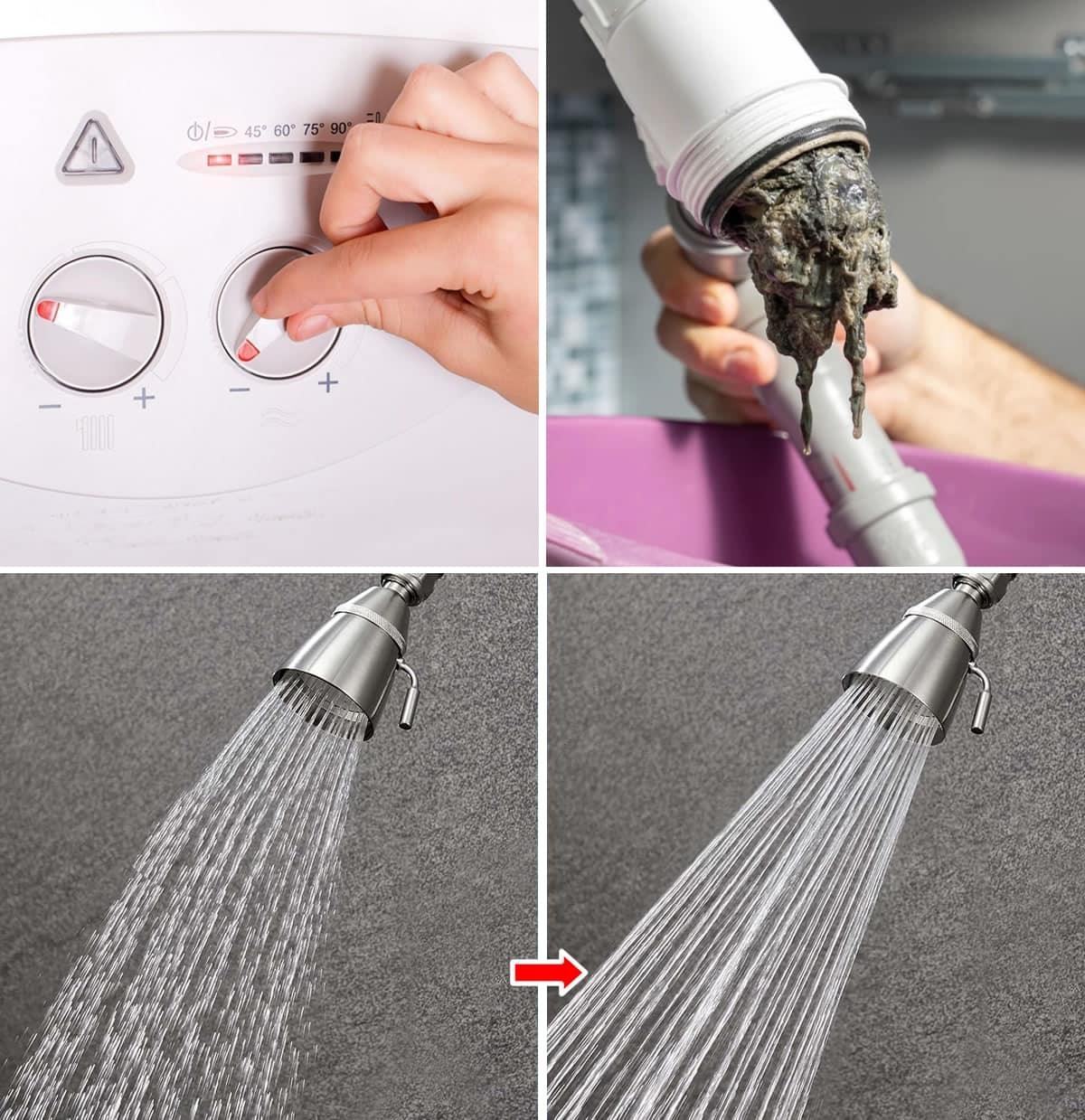ADVERTISEMENT
Powerful Trick to Remove Limescale and Scale from the Boiler and Hot Water Pipes
Limescale and mineral deposits are common issues in households that rely on hard water, and they can be a real headache for homeowners. Over time, these deposits build up in appliances like boilers and hot water pipes, leading to reduced efficiency, higher energy bills, and, in some cases, equipment failure. The good news is that there’s a simple, effective, and natural solution to remove limescale and scale from your boiler and hot water pipes, restoring their performance and saving you money.
In this article, we’ll share a powerful trick to tackle limescale and scale buildup, preventing these problems from causing further damage to your plumbing system.
What Causes Limescale and Scale Build-up?
Limescale is primarily caused by hard water, which contains high levels of calcium and magnesium. When hard water heats up—such as in your boiler or hot water pipes—the minerals in the water begin to precipitate out and form solid deposits. Over time, these deposits accumulate, leading to:
- Reduced efficiency of your boiler and hot water pipes.
- Clogged pipes, which can restrict water flow.
- Higher energy bills because your boiler has to work harder to heat water.
- Increased risk of equipment failure if left untreated for long periods.
The Powerful Trick: Vinegar and Baking Soda
The powerful trick to remove limescale and scale from your boiler and hot water pipes is a natural solution using vinegar and baking soda. These household items are well-known for their cleaning and descaling abilities. When used together, they create a fizzing action that helps break down mineral deposits, making it easier to remove the buildup without the need for harsh chemicals or expensive cleaning products.
Let’s walk through the steps for using vinegar and baking soda to tackle limescale in your system.
Step-by-Step Guide: Using Vinegar and Baking Soda to Remove Limescale
Materials Needed:
- White vinegar (a natural acid that helps dissolve limescale).
- Baking soda (a mild abrasive that helps scrub away buildup).
- For Complete Cooking STEPS Please Head On Over To Next Page Or Open button (>) and don’t forget to SHARE with your Facebook friends
- Hot water (to help dissolve the scale).
- A funnel (for easy pouring into pipes).
- A cloth or sponge (for scrubbing).
- A bucket or large container (for soaking).
Step 1: Turn Off the Boiler and Water Supply
Before you start, make sure to turn off your boiler and any water supply connected to the hot water system. This is crucial for safety, and it also prevents hot water from flowing while you’re cleaning.
Step 2: Prepare the Descaling Solution
For boilers, mix one part white vinegar to one part hot water in a bucket. If you have a smaller amount of buildup, you can use 1–2 cups of vinegar per gallon of hot water. For pipes, create a similar solution by adding baking soda to the mix.
To make a stronger solution for stubborn buildup, add about 1 tablespoon of baking soda to each cup of vinegar. The baking soda will create a fizzing reaction, which helps to loosen the limescale and scale.
Step 3: Add the Solution to the Boiler or Hot Water Pipes
For the boiler:
- Pour the vinegar and hot water solution directly into the boiler’s water tank using a funnel. Make sure the solution fills up the tank so that it can work on breaking down the limescale deposits.
- Leave the solution to sit for 1–2 hours. This will allow the vinegar to dissolve the minerals and scale buildup inside the boiler.
For the hot water pipes:
- If possible, you can use a pump to circulate the vinegar solution through the pipes. Alternatively, you can pour the solution into an accessible inlet and let it sit in the pipes for 1–2 hours.
- If you cannot directly access the pipes, you can pour the solution into the sink or bathtub and let it flow through the drain pipes.
Step 4: Scrub Away the Limescale
After the solution has had time to work, use a cloth or sponge to scrub any remaining buildup inside the boiler or visible parts of the pipes. This will help dislodge any lingering limescale and prevent it from reforming.
Step 5: Flush the System
Once the limescale has been broken down, it’s time to flush the system. Open the taps and allow hot water to flow through the pipes and boiler. For the boiler, let the water run until it’s clear and free of any vinegar residue. This ensures that all traces of the cleaning solution and dissolved minerals are flushed out, leaving your system free of buildup.
Step 6: Repeat if Necessary
For heavy limescale buildup, you may need to repeat the process. A second or third treatment may be required for more stubborn deposits. However, if you perform this maintenance regularly, you should notice a significant reduction in scale buildup over time.
